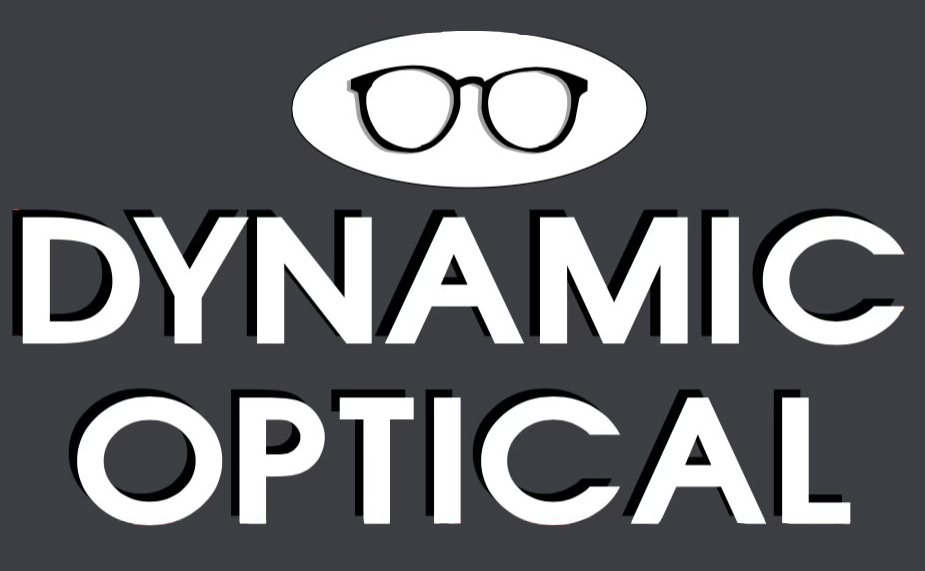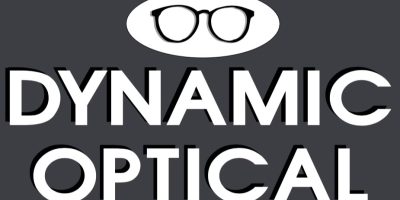Understanding Optical Coherence Tomography (OCT) Eye Test
Optical Coherence Tomography (OCT) is a non-invasive medical imaging technique used to visualize and measure the thickness of the retina, optic nerve, and macula. OCT is performed by an eye doctor or ophthalmologist and is used to diagnose and manage various eye conditions such as age-related macular degeneration (AMD), glaucoma, diabetic retinopathy, and many others. In this article, we will discuss the OCT eye test, its benefits, and everything else you need to know about this medical imaging technique.
What is OCT Eye Test?
OCT or Optical Coherence Tomography is a non-invasive imaging test that uses light waves to take cross-sectional images of the retina, macula, and optic nerve. The test helps ophthalmologists to see the different layers of the retina and detect any changes or abnormalities in them. An OCT scan is usually done in a matter of minutes and is completely painless.
How Does OCT Eye Test Work?
OCT uses light waves to create detailed images of the retina, macula, and optic nerve. During the test, the patient will be seated in front of the OCT machine, which will emit light waves into the patient’s eye. The light waves will bounce back from the different layers of the retina, and the machine will capture the reflected waves to create an image of the retina.
Who Needs an OCT Eye Test?
An OCT eye test is recommended for patients who are at risk of developing eye conditions such as glaucoma, diabetic retinopathy, macular degeneration, and other retinal diseases. The test is also recommended for patients who are experiencing symptoms such as blurry vision, double vision, or any other changes in their vision.
Pros and Cons of OCT Eye Test
Pros
- Early detection of eye diseases
- Non-invasive and painless
- Quick and easy to perform
- No radiation exposure
- Detailed and accurate imaging
Cons
- Not covered by all insurance plans
- May not be necessary for patients with no risk factors or symptoms
- Cost may be a barrier for some patients
When to Schedule an OCT Eye Test?
An OCT eye test is usually recommended as part of a comprehensive eye exam for patients who are at risk of developing eye conditions or experiencing changes in their vision. Patients with a family history of eye diseases, diabetes, high blood pressure, or those who are over the age of 40 should consider scheduling an OCT eye test.
Alternatives to OCT Eye Test
There are several other imaging tests that can be used to visualize the retina, macula, and optic nerve, such as fundus photography, fluorescein angiography, and indocyanine green angiography. However, OCT is usually the preferred imaging test due to its non-invasive nature and its ability to provide detailed images of the retina.
Step-by-Step Guide to OCT Eye Test
- The patient will be seated in front of the OCT machine.
- The technician will place drops in the patient’s eyes to dilate the pupils.
- The machine will emit light waves into the patient’s eye.
- The light waves will bounce back from the different layers of the retina, and the machine will capture the reflected waves to create an image of the retina.
- The technician will review the images and share the results with the patient.
Tips for a Successful OCT Eye Test
- Arrive at the appointment on time.
- Bring a list of current medications and medical history.
- Wear comfortable clothes.
- Be prepared for the possibility of dilated pupils, which can cause temporary blurred vision and sensitivity to light.
- Ask questions and communicate any concerns with the ophthalmologist or technician.
Comparing OCT Eye Test to Other Imaging Tests
Compared to other imaging tests, OCT is non-invasive and provides more detailed and accurate images of the retina. Fundus photography is a simple and non-invasive test that captures a photograph of the retina, but it does not provide as much detail as OCT. Fluorescein angiography and indocyanine green angiography are invasive tests that require the injection of a dye into the patient’s bloodstream to visualize the blood vessels in the retina.
The Best Time to Get an OCT Eye Test
The best time to get an OCT eye test is during a comprehensive eye exam or if you are experiencing changes in your vision or are at risk of developing eye conditions. Patients with a family history of eye diseases, diabetes, high blood pressure, or those who are over the age of 40 should consider scheduling an OCT eye test.
Conclusion
Optical Coherence Tomography (OCT) is a non-invasive and painless medical imaging technique that provides detailed images of the retina, macula, and optic nerve. OCT is used to diagnose and manage various eye conditions, and it is recommended for patients who are at risk of developing eye diseases or experiencing changes in their vision## FAQs About OCT Eye Test
- Is OCT eye test covered by insurance? The coverage of OCT eye test varies from one insurance plan to another. Some insurance plans cover the cost of the test, while others may require the patient to pay out of pocket. It is recommended to check with your insurance provider to determine if the test is covered.
- Is OCT eye test painful? No, OCT eye test is not painful. The test is non-invasive and uses light waves to create images of the retina, macula, and optic nerve. Patients may experience temporary blurred vision or sensitivity to light due to the use of dilating eye drops.
- How long does an OCT eye test take? An OCT eye test usually takes about 10-15 minutes to complete. The test is quick and easy to perform, and patients can resume their normal activities immediately after the test.
- How often should I get an OCT eye test? The frequency of OCT eye test depends on the patient’s age, medical history, and risk of developing eye conditions. Patients with a family history of eye diseases, diabetes, high blood pressure, or those who are over the age of 40 should consider scheduling an OCT eye test annually or as recommended by their ophthalmologist.
- Can OCT eye test detect all eye diseases? OCT eye test is a useful tool to detect and manage various eye conditions, but it may not detect all eye diseases. It is recommended to have a comprehensive eye exam with an ophthalmologist to evaluate the overall health of your eyes and detect any eye diseases.

